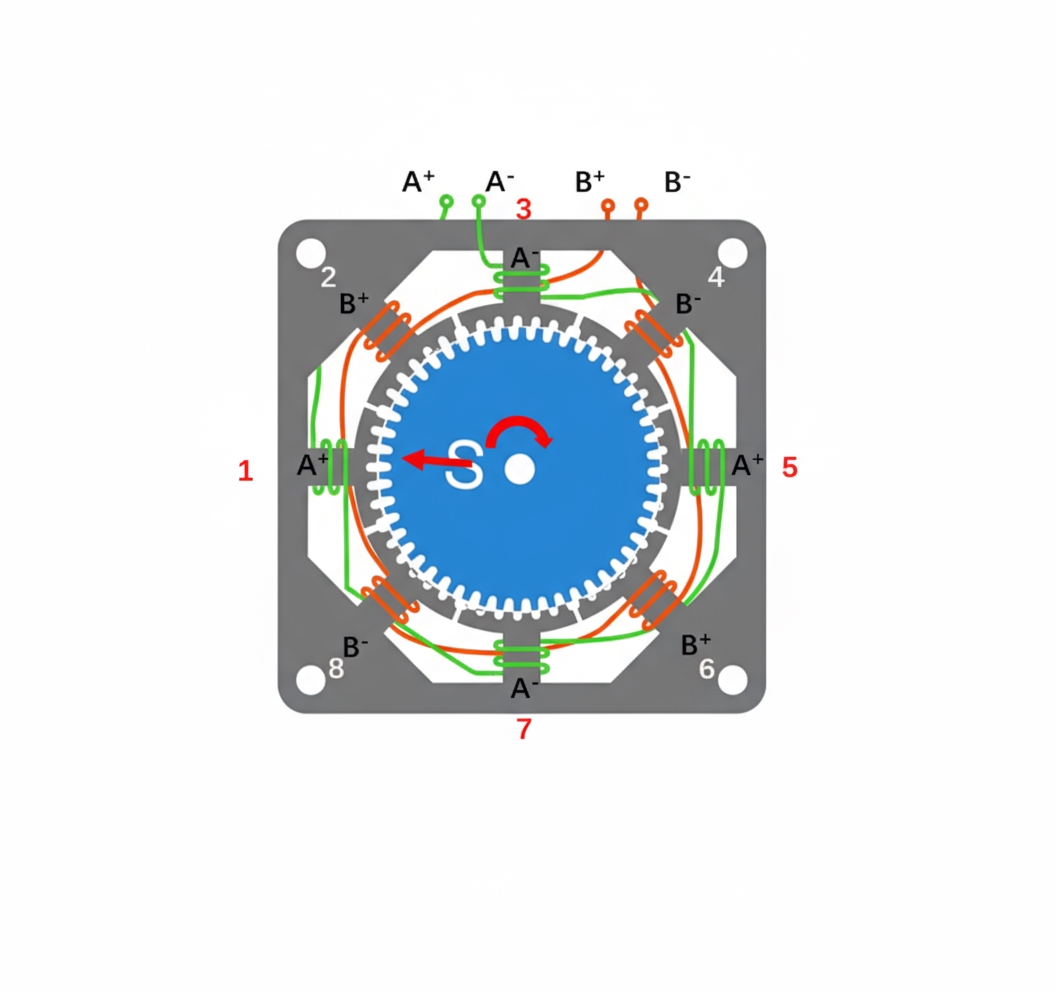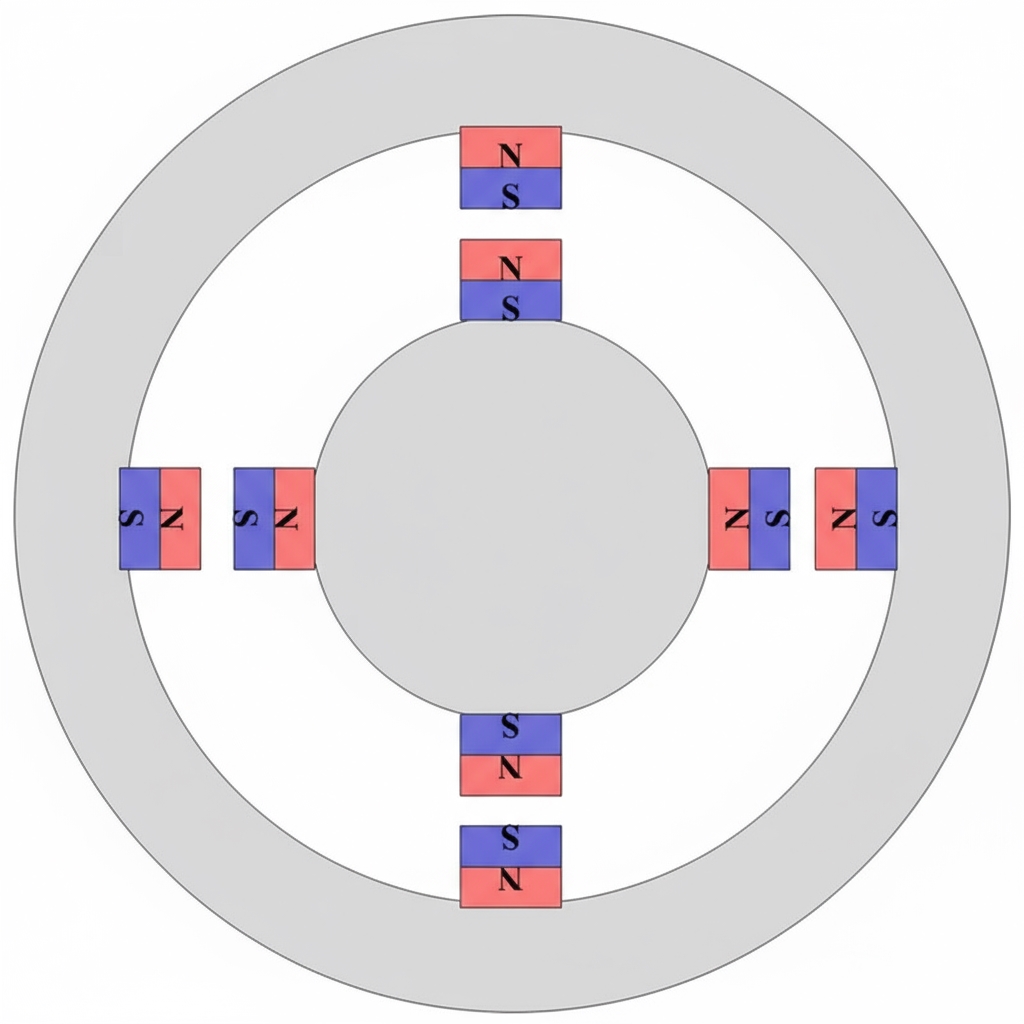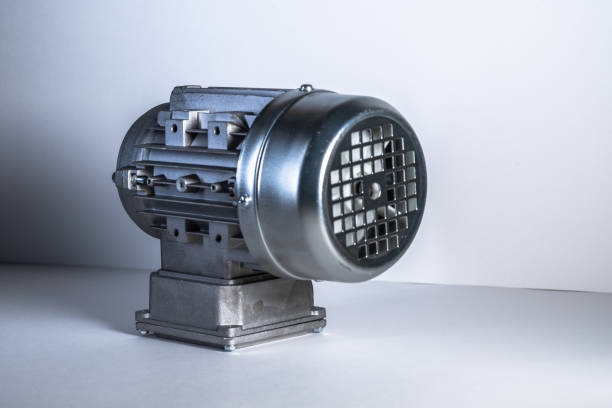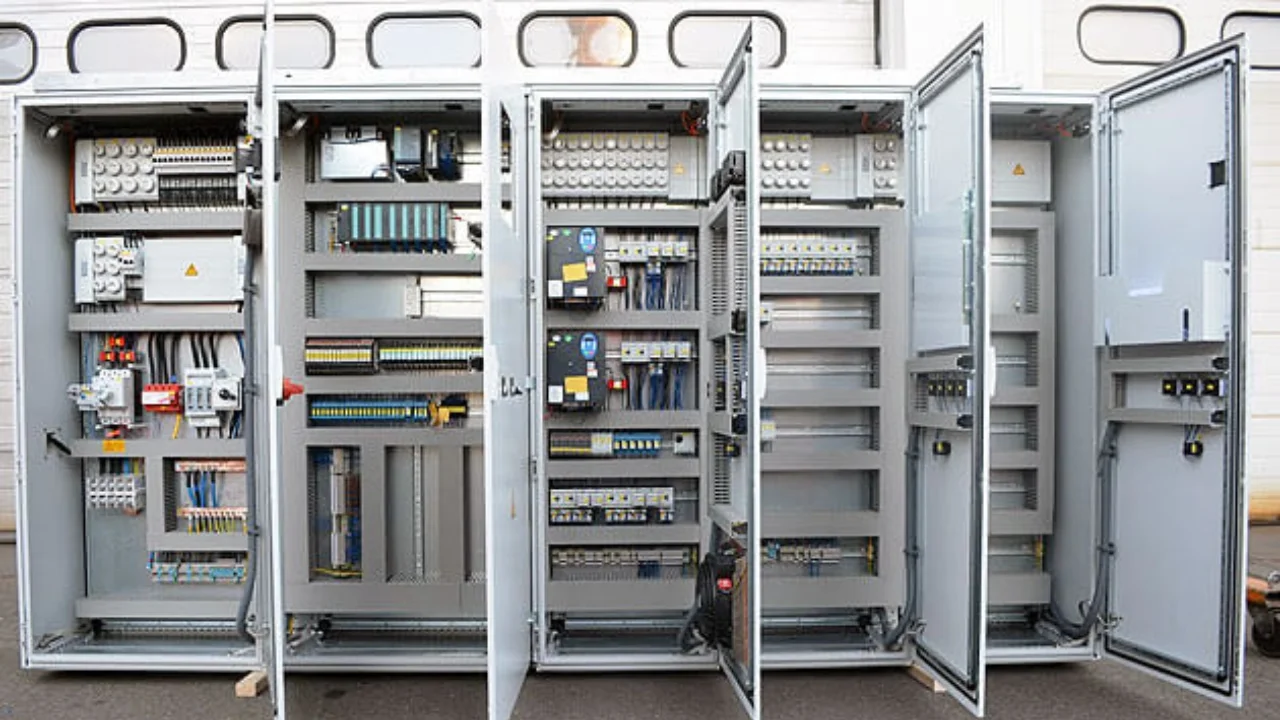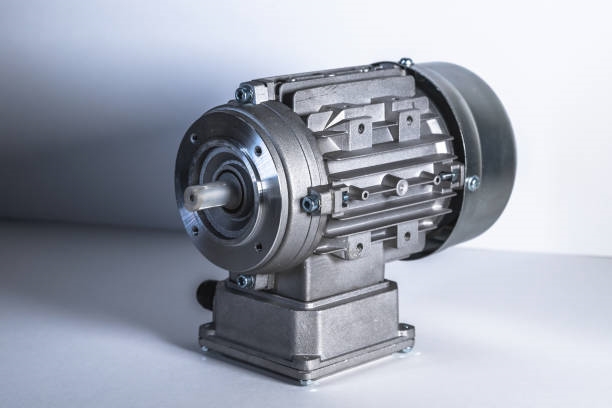Industrial PCs, designed for industrial automation environments, offer long-term stable operation, resistance to harsh conditions, and support for real-time control. When using an industrial PC, pay attention to cooling, dust and water protection, regular maintenance to ensure stability, and timely software and driver updates to maintain security.
01 Power supply and grounding
When supplying power to an industrial PC, provide a separate power circuit for large-current devices such as servo motors instead of sharing the same circuit, to avoid current interference or overload that could affect the PC's operation. Before powering on, connect the PC's ground wire to the grounding screw, ensure the ground is independently connected, and keep the connection clean. This helps prevent electrical faults and improves system stability.
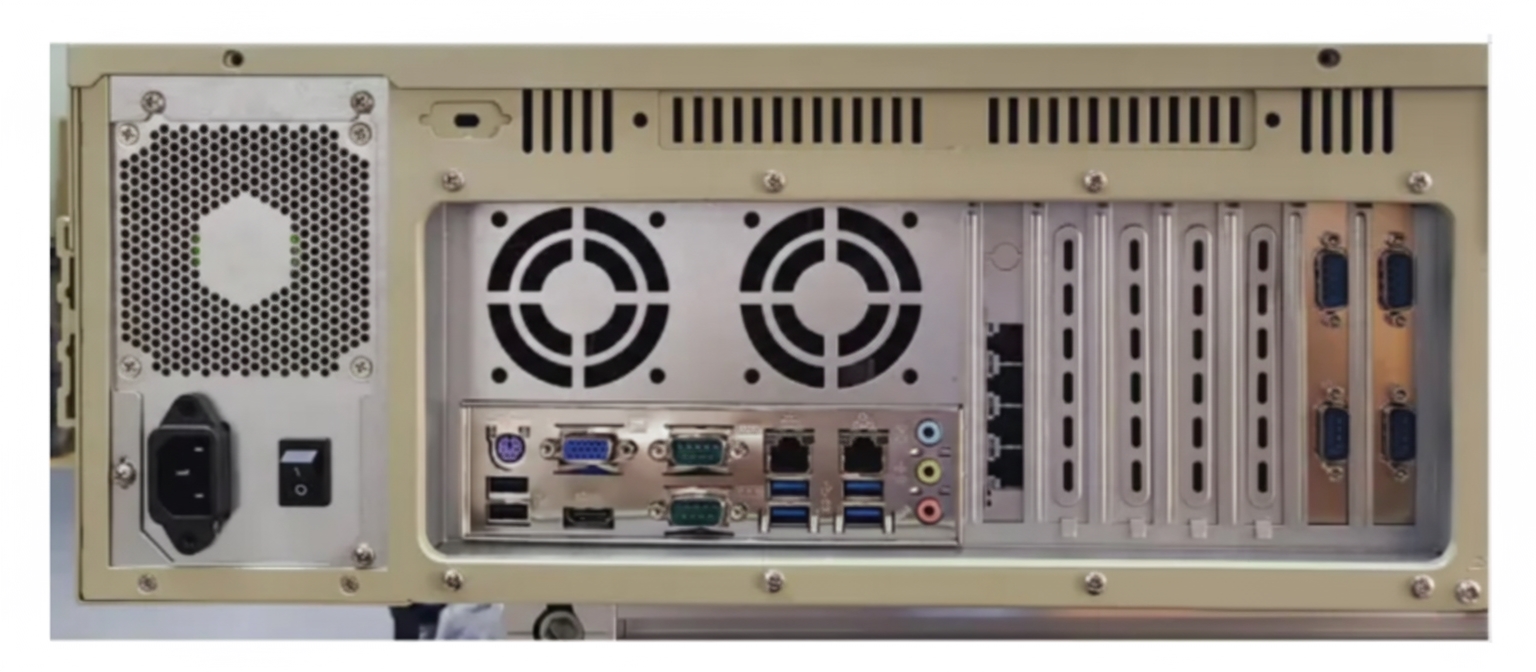
02 Power supply and voltage range
Ensure the supply voltage is within the range indicated on the power supply, for example 100-240V~, 4.0-2A, 50-60Hz. This means the power supply accepts 100V to 240V, the current range is 2A to 4.0A, and the operating frequency is 50Hz to 60Hz. To avoid equipment damage or safety issues, select an appropriate outlet and voltage range according to the power supply specifications to ensure stable and reliable operation.
03 System shutdown
To protect system stability and data integrity, always shut down the industrial PC from within the operating system rather than cutting power directly or performing an improper shutdown. An improper shutdown can cause OS corruption and affect normal operation. Typical steps are: click the Start button, select Shut Down or Sign Out, follow system prompts, and wait until the system has fully powered off before disconnecting power. This avoids problems caused by improper shutdowns.
04 Avoid external large-device electromagnetic interference
Avoid placing the industrial PC close to large peripheral devices such as inverters or motors that can produce strong electromagnetic fields. These devices can generate high magnetic fields, electric fields, or radiation that interfere with the PC's normal operation. Maintain sufficient distance between the industrial PC and possible interference sources to reduce electromagnetic interference and ensure system reliability.
05 Isolate high-current equipment to avoid interference
If large-current equipment is present near the industrial PC, isolate that equipment to reduce electromagnetic interference. Proper equipment layout and spacing in the control system design will minimize the impact of external factors and help ensure stable operation and data integrity.
06 Efficient, stable operation
To maintain efficient and reliable operation:
- Do not change motherboard BIOS settings casually, as incorrect settings may cause instability or performance degradation.
- Perform disk cleanup and defragmentation monthly to keep storage in good condition and improve system responsiveness.
- Ensure the industrial PC operates in a low-vibration environment to prevent hard drive damage and protect data integrity.
07 Ensure effective cooling
To maintain effective cooling:
- Clean the dust-filter sponge every three months; increase cleaning frequency if dust accumulation is heavy to keep cooling channels clear.
- Do not block or cover ventilation openings; ensure proper airflow to improve heat dissipation.
- Regularly check chassis fans and CPU fan rotation; replace any fan showing abnormal behavior to maintain the cooling system.
08 I/O interface usage
When using I/O interfaces, observe the following to ensure safe and stable operation:
- Do not plug or unplug I/O interfaces while powered to avoid electrostatic damage.
- If the industrial PC experiences an unintended power outage, disconnect power and wait until the supply stabilizes before restoring power to ensure reliable operation.
- If power instability or frequent outages occur, consider equipping the system with a UPS of appropriate specifications to protect against power fluctuations and outages.
09 Data security and backup
To protect important data, perform regular backups to guard against disk failure or other incidents. A recommended approach is a weekly or monthly full backup combined with daily or weekly incremental backups. Use external storage such as external hard drives, network-attached storage, or cloud storage, and regularly verify backup integrity and availability to enable quick recovery when needed.
10 Network and security
For systems connected to a LAN or the Internet, install antivirus software and keep it updated regularly to reduce the risk of malware and system compromise.
11 Licensed operating systems and application software
Use properly licensed operating systems and application software. When installing additional software, confirm compatibility with the industrial PC's OS and ensure the hardware meets the software's requirements.
12 Humidity management for stable operation
Industrial PCs contain electronic components and integrated circuits whose insulation is affected by ambient humidity. Excessive humidity can cause oxidation or shorting, while very low humidity increases electrostatic risk. Maintain appropriate humidity for reliable operation.
Recommended ambient relative humidity is 5% to 95% without condensation. Specific humidity ranges may vary by model and component; refer to component datasheets such as those for the motherboard, power supply, memory, storage, and CPU.
In high-humidity or highly corrosive environments, periodically inspect the chassis and circuit boards for corrosion and replace affected hardware to ensure normal operation.
13 Temperature management for stable operation
To ensure stable operation and extend service life:
- Maintain an operating temperature of 0 to 60°C and a storage temperature of -20 to 80°C.
- Specific temperature ranges may vary by model and component; refer to component datasheets.
- In high-temperature environments, ensure adequate ventilation and cooling to avoid overheating.
- When storing at low temperatures, prevent damage to electronic components; use heating if necessary to maintain suitable storage conditions.
- Regularly check component temperature requirements and performance to keep the system within appropriate temperature limits.
14 Peripheral cabling and routing
Choose well-shielded peripheral cables such as USB and VGA cables, limit total cable length to under 5 meters, and avoid routing them alongside high-voltage power lines. Proper cabling reduces interference with signal transmission and improves system reliability.
 ALLPCB
ALLPCB


